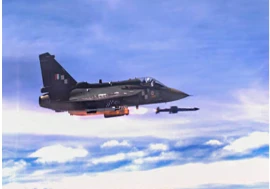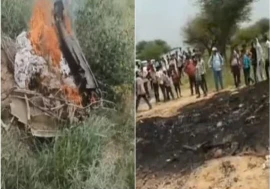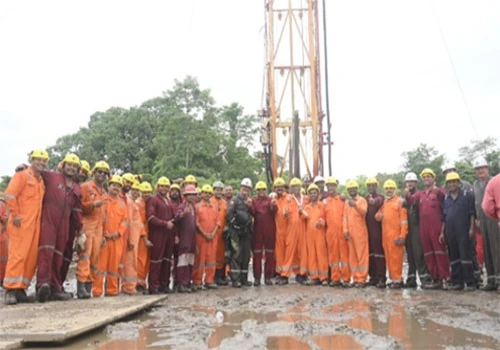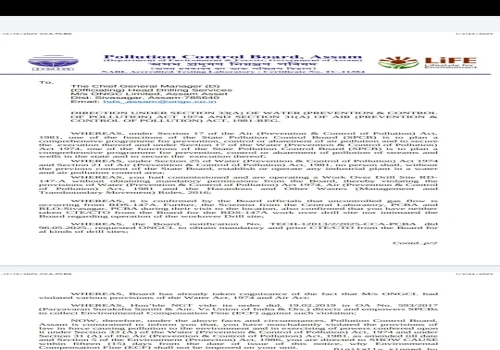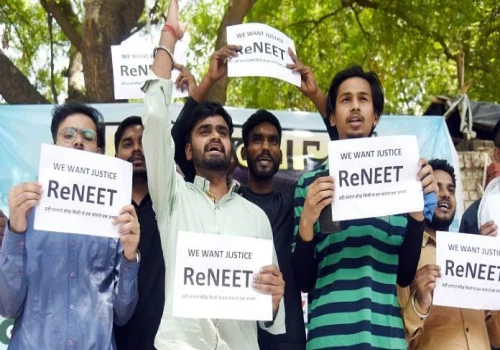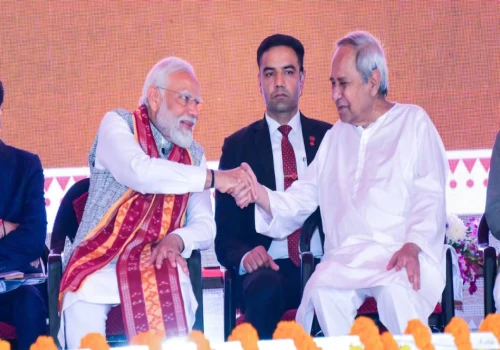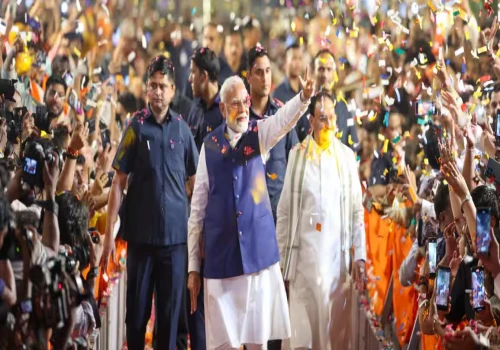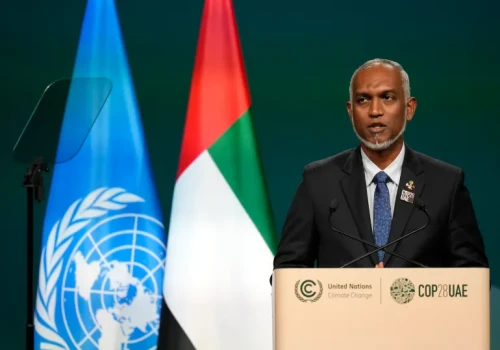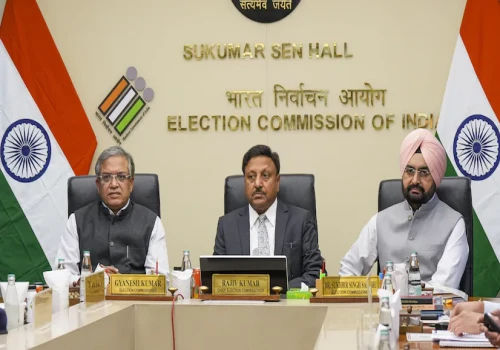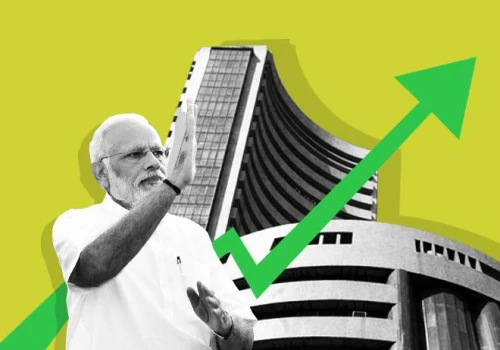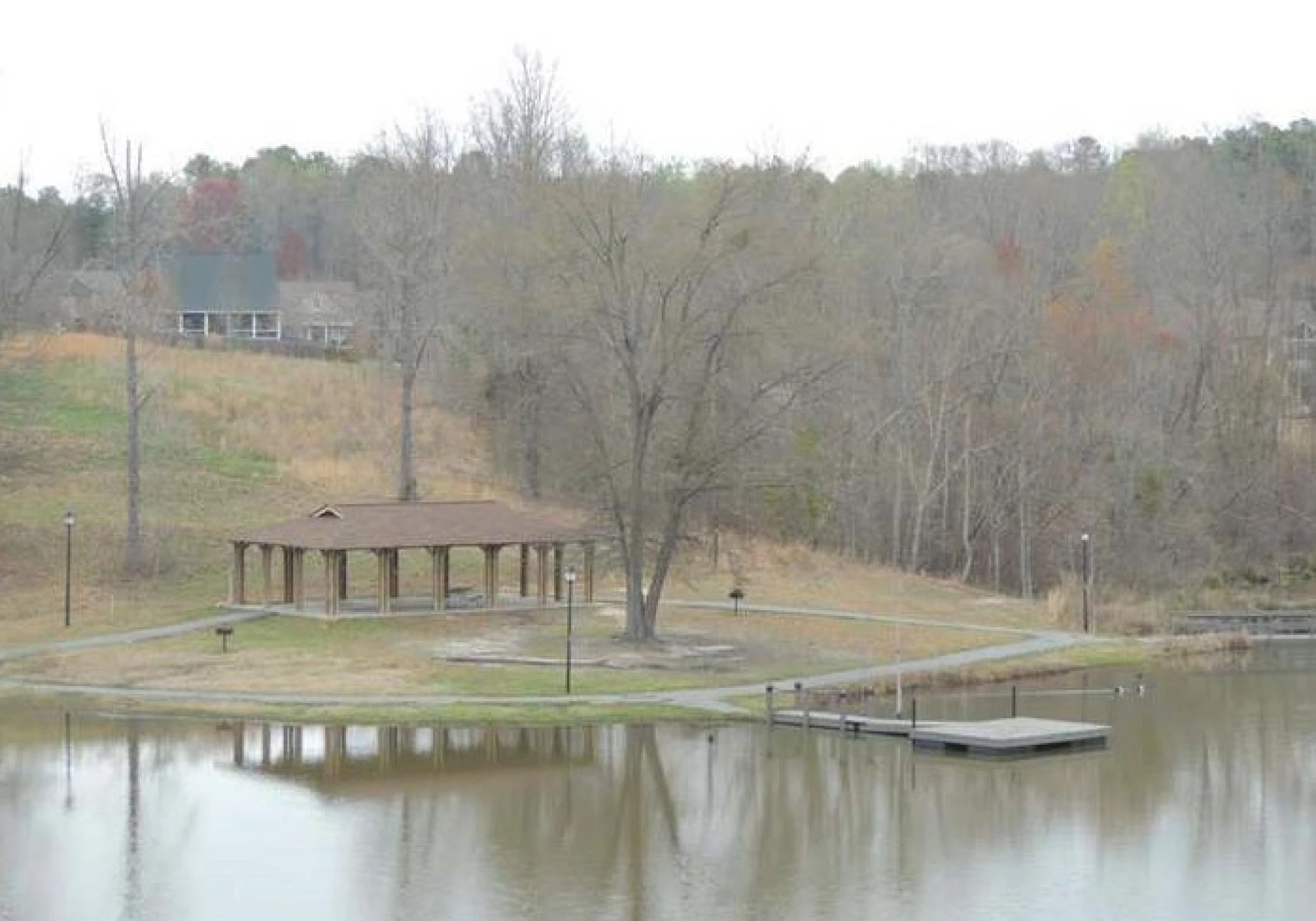
My earliest recollection of my great uncle now seems almost prophetic in its imagery. I was a three year old whose parents had propped him up on a seat in the main auditorium at Columbia University. In my childish impression, the small head of a smiling figure floated atop a crimson cloud of flowing robes. To be sure, his diminished stature must have required that he stand beside the podium just to be seen by his adherents. Unlike my parents who went to hear their celebrated uncle, most in attendance had journeyed there to hear him lecture on some obscure moral lesson in the dharmas. Most had read and studied his sermons from his recently published collection, “The Unity of Light.” As a stalwart devotee of St. Francis of Assisi from childhood who interpreted his work among the poor as ecumenical proof of the power of Buddhist Enlightenment, Lokanatha’s appeal to a remarkably diverse audience had taken root among a post war religious revival that only rivaled Thomas Merton’s popularity after the publication of THE SEVEN STORY MOUNTAIN. The early 1950s in New York City was a heady time for renewed religious fervor.
The memorable quote from that particular lecture which my parents repeated throughout my childhood was not, as it turns out, from Buddhist teaching after all. It was a Vedic prophecy which my father always managed to quote as the drums of war began sounding during the mid 1960s. Then, just as in 1918 and 1939, the minority ruling elite once more managed to convince their ruled majority that mankind can only survive by murdering one’s fellow man.
“War begins in the minds of men” is from the Atharva Veda, yet it would be hard to imagine any Hindu or Buddhist who might disagree with it. Of course, I was too young at the time to understand the appeal of those sacred words for my dad who had first hand knowledge of the personal devastation which manufactured war wrought upon his family before he was exiled by Mussolini for refusing to fight for the Fascist Cause. Yet his revered uncle knew all too well what havoc was wrought by the same British Raj and American Exceptionalism in India. These two nations had by then singly managed to throw the civilized world into a death spiral in order to twice assure the British interest in preserving the Soviet Union. Ironically, a southern Italian convert to Buddhism had much more in common with British victims of the Raj in India than he could have ever imagined. Or with the Irish as well for that matter. The old Rothschild formula, “divide and conquer,” had almost managed to destroy India in its cradle; yet almost miraculously, Congress and Nationalists were forced to accept partition and the creation of Pakistan, which finally helped staunch the bloodshed that fueled Muslim-Hindu animosity. That guaranteed slaughter of tens of millions shortly after the East India Company equally magically evolved into the Raj and somehow magically renewed itself in the MidEast. Slowly but surely, the Rothschilds’ new tool of Wahhabist extremism in Saudi Arabia has once more set fire to the civilized world Now through their well-funded proxies in Iran and Communist China, the renewed threat to India and its new economic progress has spread from Tibet in the East and Palestine to the West and Ukraine in Eastern Europe. And, as loath as it is for most Indians living today who benefited from British institutions and industrialization to admit, that sacrifice occurred needlessly in order to assure British control until the very last months of independence in 1948.
By 1953, the Venerable Lokanathha, aka Salvatore Cioffi, had a following of around three million from Rangoon to Delhi to Los Angeles and then to New York City His movement of reconciliation and self-awareness had attracted the support of many wealthy fundraisers such as Dr, Amit Lal, whose descendants still endow and run hospitals in Delhi to this day; Indian national political figures and followers of Bhimrao Ramji Ambedkar, a Dalit leader who helped draft the Indian Constitution,, and many Hollywood celebrities such as Barbara Hutton.
Eclecticism was a lifelong hallmark of this gifted speaker who went on to establish meditation centers and hospitals throughout Burma and the Indian subcontinent. Yet my only personal recollection of my great-uncle is the image of a short compact man with the enigmatic smile of a Bodhisattva He was my grandmother’s favorite brother who had somehow managed to break away from his traditional Southern Italian family and their staunch allegiance to the Church of Rome in order to build a temple without walls in the midst of a shattered post war globe. Just how did a young man from an upper middle class family of immigrants, and raised in New York City during the height of the First World War, manage to graduate as an engineer from Columbia University? He managed to achieve such prolific musical skills on the violin that led him to perform for his fellow students at The Cooper Union in concert with other quartet members. He began work for several years as a chemical analyst at Crucible Steel and later Procter & Gamble. Then he went on to complete the first year of medical school at Columbia University only to flee to the town of his birth in Southern Italy. Then he proceeded on a pilgrimage by foot across the Silk Road to Burma. Many of the details from his biography almost sound like they were penned by some Asian Charles Dickens.
My favorite hagiographic incident that occurred to him, and almost cost him his life, took place along the pilgrimage through Persia. He was held hostage by a group of thieves who eventually freed him in disgust because of his relentless chanting of Buddhist mantras which led them to believe he was insane! Everytime his youngest sister recounted this particular episode the number of thieves seemed to increase with the number of weeks he was held in captivity. Yet somehow this same young man eventually was accepted at the chief monastery in Rangoon, and learned to read and write Sanskrit in record time. After strictly observing the 13 dhutangas, he was ordained a monk at the Thathanabaing in Rangoon, where most of his ashes would later be interred in 1966 after his death from brain cancer. My father’s last
correspondence with Dr. Sony, a Buddhist convert in Delhi assured him that some of his beloved uncle’s ashes were enshrined in a local monument near a temple in order to honor the saint’s work in India. Yet it was this same renowned proselytizer of the Buddha’s teachings who had earlier met privately with Prime Minister Nehru. After Ambedkar told Nehru that it was Lokanatha’s influence which led to his conversion after the successful mission to Bodh Gaya, the place where the Buddha achieved enlightenment, he was so impressed as to invite him for a personal interview.
After my matriculation at the University of London in the early 1970s, I became even more mindful of my only link to the East and the Indian subcontinent. There I had the good fortune of always having roommates whose ancestry linked them to Indian culture. Salim Lakha, like myself, had never stepped foot in India. His Gudjarati parents raised him in Kenya and were determined that he would be educated in England. Salim was a graduate student in Library Science at University College, London. When he learned of my ancestral identity, he was adamant about exposing me to the culture both gastronomic as well as spiritual. Owing to the fact that he was only nominally immersed in Islam, he helped introduce me to the Vedas, an English translation of which he gave me at the time is still in my home library. Later on, I
roomed with a scholarship student from the West Indies, who was obsessed with his Sikh roots and boasted that all Singhs like himself were somehow connected to the Golden Temple at Amritsar. Vishnudhat Singh and I sat for hours at a showing of Louis Malle’s PHANTOM INDIA.
He could not find enough words to praise the works of authors such as V.S. Naipaul and Salman Rushdie, who only later became literary giants. Somehow I had managed in just a year to transcend my nominal exposure to Sitar music and the works of Satyajit Ray only to graduate to the later careers of such actors in the early films of Merchant-Ivory. My lifelong interest in cinema studies persists with seasonal viewings of early celebrities who later achieved artistry out of screen stardom, such as Madhur Jaffrey, Sashi Kapoor, Victor Banerjee, and Art Malik. Now that I am approaching my final years, I sometimes wonder how my great-uncle managed to accomplish all of his missionary and literary feats against the backdrop of two world wars, the fight for Indian independence and a relentless call to travel around the world to preach universal peace as the only portal to personal harmony. During the war, he was even interred by the British in India for almost a year only to be released after months on a hunger strike. The local raj magistrate apparently had no need to incite further rioting only to arouse Japanese sympathy among the Hindu separatists by martyring a Buddhist figurehead. While I have only managed to outlive him by a decade, I have barely enough energy to pen this essay let alone carry on with the daily rituals of ordinary life. And after publishing works of fiction and nonfiction on such wide ranging subjects as cinema studies, an autobiographical journal of my own bout with cancer, a novel about medieval literary epic poetry, and a recent book of short stories inspired by the works of Edward Hopper, I fret selfishly about the place of my work in the world after I am gone. Yet in five such lifetimes, I would still not be able to accomplish a tenth of what my saintly ancestor did! Even after the war, Lokanatha refused to just settle down at his base in Burma. The publication of his sermons brought in immense contributions with which to fund Burmese missionary efforts across Asia and in southern India. At one point in his preaching career, he attended and addressed the World Fellowship of Buddhists’ Conference in Rangoon in 1954.
Later, he was elected the Spiritual Patron of the Mahalayanti Celebration during 1956 in Karachi owing to his efforts to establish ecumenical outreach between Buddhists and Muslims. Of the works he published which survive, I am only familiar with a monograph copy of one sermon from theLight of Truth series, which he left with his younger sister late one summer in 1958 at her home in New York.
It would be the last time he could attend a family gathering of his surviving brothers and sisters, one of whom was a principal engineer who oversaw the final developmental stages of Telstar at Bell Labs in New Jersey, which ultimately led to the advancement of the cellular phone industry. Their eldest brother had received the monsignor’s birretta from Pope Pius XI, at the outbreak of World War II. Thus, the Buddhist saint was still in communication with his Catholic prelate brother who would eventually be nominated by Paul VI to replace the Cardinal Archbishop of Havana around 1963. Fortunately, he had the humility to refuse the elevation owing to his recognition that a local Cuban population deserved a local prelate to oversee the church’s misfortunes shortly after the destruction wrought by Castro and Che Guevara throughout Central America. Humble waters run deep. So my exposure to my family’s illustrious history tells me that such an individual was born to benefit mankind by suppressing any quest for personal enrichment. Then and only then after death, would he assume his rightful place as one more dot in a sacred universe. Yet among the critical moments of his life, I ponder what exactly may have led to his decision to give up his family, his career, his musical talent, his medical education and pursue a life of monastic poverty, self-denial, and simplicity. I want to believe from what I heard from my great-aunt that it must have been that life threatening event when he was held captive by murderous brigands along the Silk Road. Somewhere in the wastelands of Iran, Lokanatha came face to face with death and allowed himself to put aside all fear and hostility and anger in the face of his captors. He surrendered to his already familiar recitation of those mantras which ultimately led his captors to release him unharmed. By merely completing the rest of his walking tour to Rangoon, he had prepared himself to enter the first doorway of enlightenment.
My father always insisted that he turned away from medicine as his studies became too dependent upon the vivisection and preservation lab analyses to study animal organs; my mother, always a pragmatic believer in sibling rivalry, insisted that he wanted to compete with his older brother who was ordained to the priesthood in 1918 after receiving his doctorate in theology from the University of Louvain, Belgium. I, however, choose to believe that it was his faith in sacrifice and endurance, as I can paraphrase from one of his sermons, “I am the suffering of the universe only if I suffer every creature among whom I travel there.” Rather than despise his captors, he sought to understand their pain and somehow help them understand they were not alone so long as fellow creatures chose to share it. Perhaps the sacred mantras worked a mystic spell upon captors and captive alike.
So it is with this model of extraordinary transcendence and kindness that I daily meet my frustrations as an author and a thinker who hopes to achieve a similar light and freedom from the wheel of astral time. My great uncle’s memory has afforded me a treasury of recollection and connection to the very place he traveled to which I am now too old to visit. Whether it be the serenity of the Bodhisattvas’ smile from the great temples at Rangoon, of the simple pleasure that I have extracted over my long life from Indian art and culture, this is the only link the universe has allotted to me and I am glad to celebrate it with you here. Whether we will or not, we all have a tryst with destiny. Our only hope of escaping the ultimate burdens of consciousness is our willing acceptance of those burdens with joy and self-denial.

